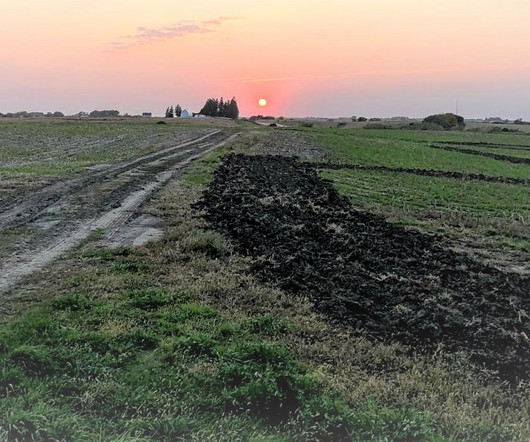Precision Ag News 7/19
Agwired
JULY 19, 2023
Total farm tractor unit sales in the U.S. turned positive for the first time in 2023, led by continued strength in large tractors and combines according to the latest data from the Association of Equipment Manufacturers (AEM). Gains in the U.S. market were led by 100+hp 2WD units, up 25.4













Let's personalize your content